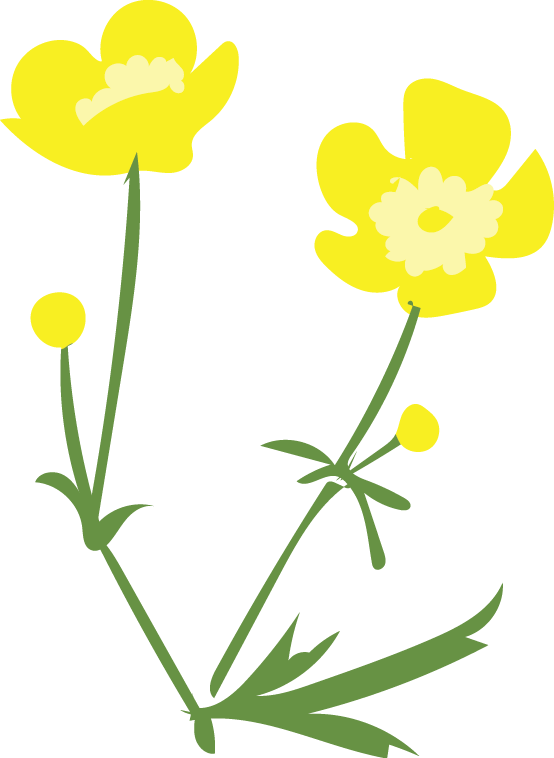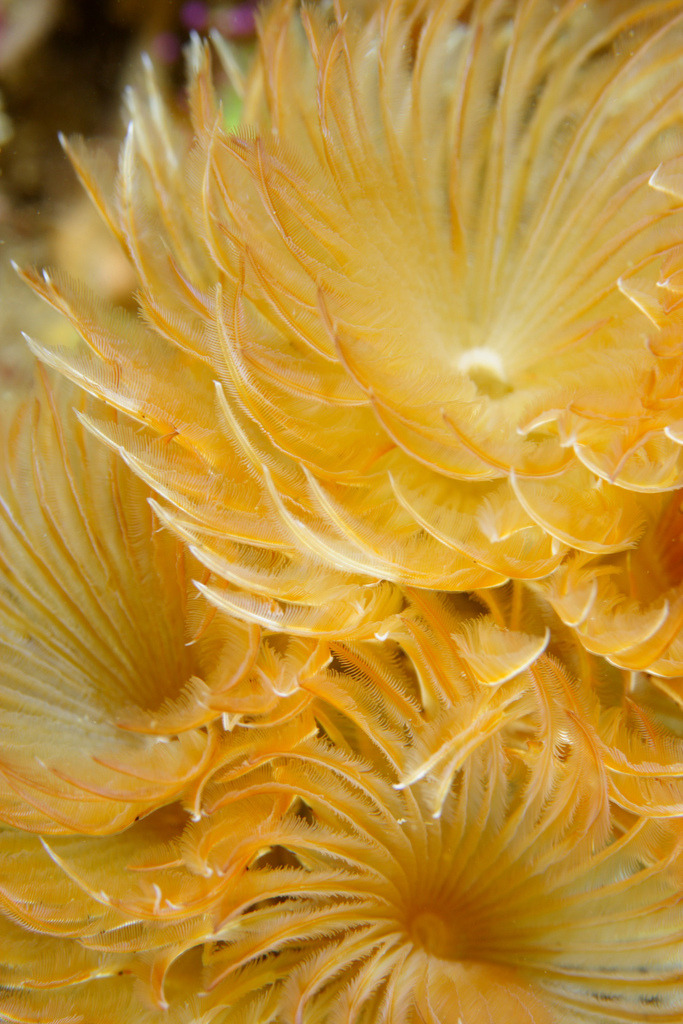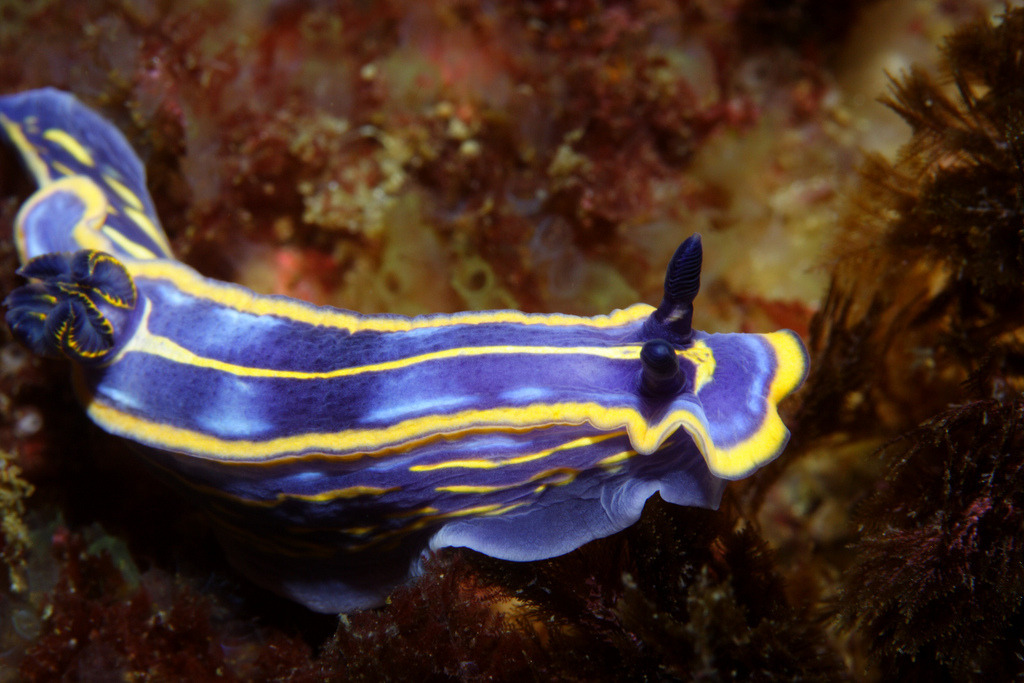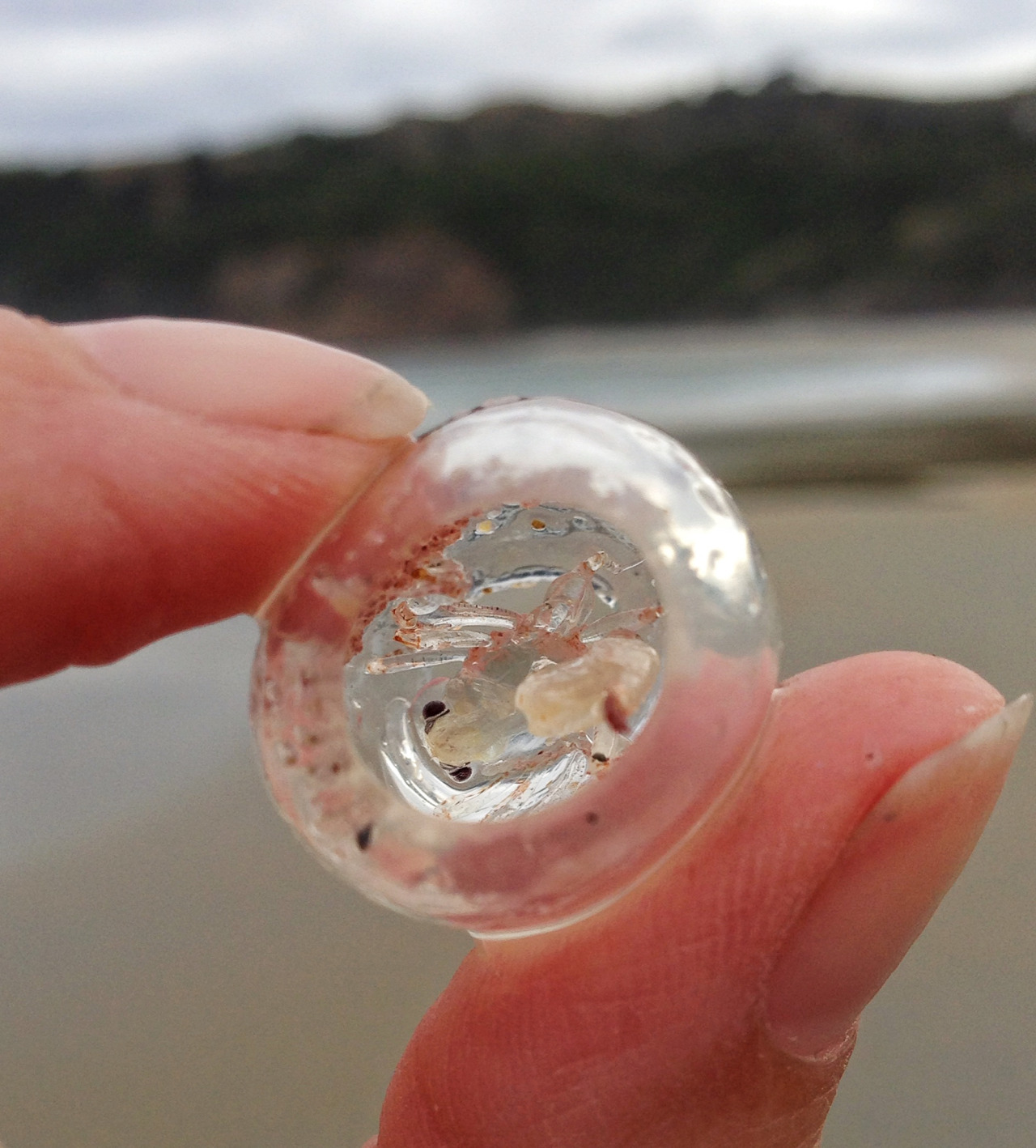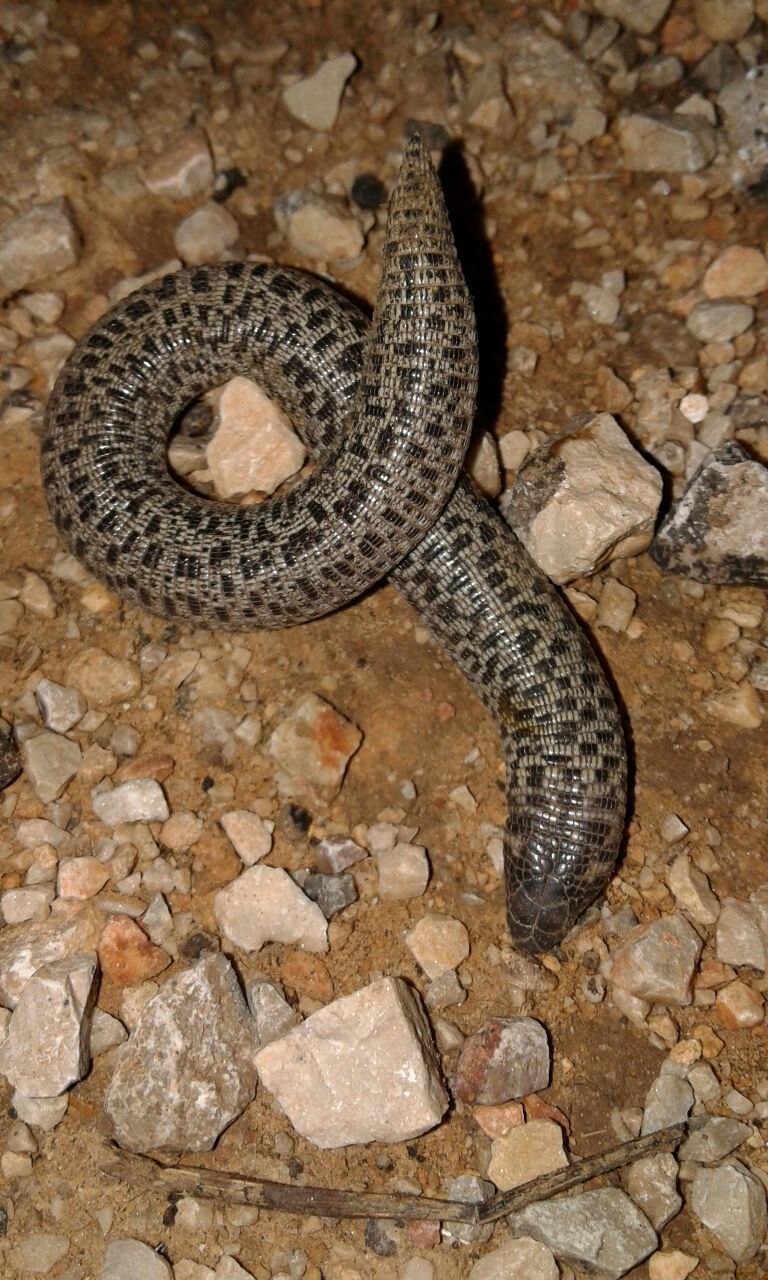Observation of the Week, 5/5/16
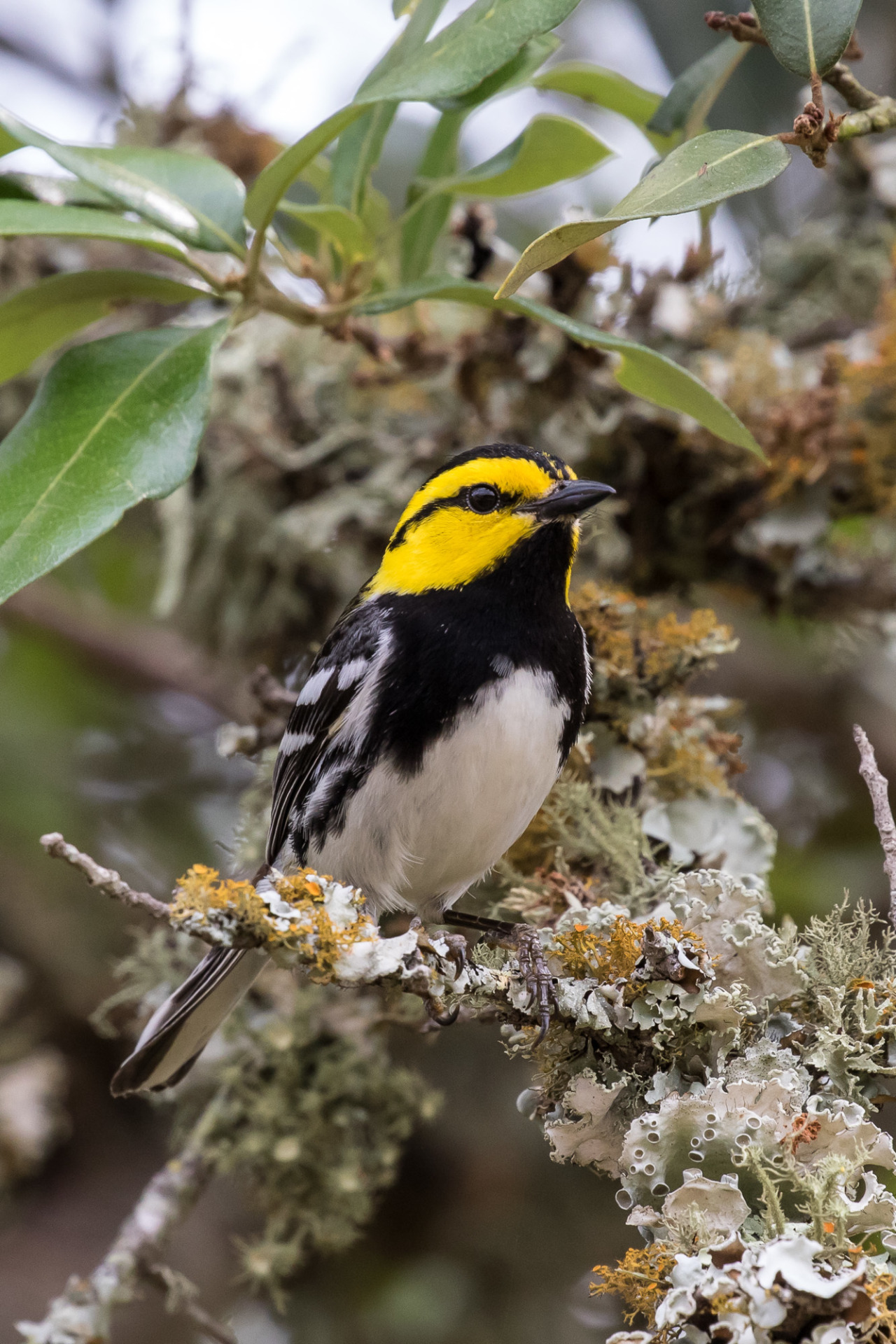
This Golden-cheeked Warbler seen in Texas by @greglasley is our Observation of the Week!
A stalwart of the iNat community, Greg Lasley has added over 18,000 observations and made nearly 118,000 identifications (!) on the site, and even hosted an iNaturalist meet-up in his home state of Texas last year. He’s been a birder for over 40 years, led expeditions to Antarctica, and studied dragonflies and damselflies since 2000, even serving on the executive council of the Dragonfly Society of the Americas. He’s also a professional nature photographer to boot. But sometimes a great nature experience can happen in your own backyard, even for a veteran like Greg.
While out on his back deck last week, Greg spotted a Nashville Warbler. Quickly retrieving his camera from the house, he tried in vain to take a good shot of the flitting bird. “So, I'm standing there getting frustrated at the Nashville,” he says, “when suddenly...a Golden-cheeked Warbler started singing about 8 feet from me!” An endangered species that nests only in central Texas, Golden-cheeked Warblers are tough to find. A song here or there and a fleeting glimpse is all he’s had in his neighborhood, and a 30 mile trip to another location yields spotty results. “So,” he says, “now this Golden-cheeked cranks up in song at 4 PM on an overcast and windy day right at my back door...AND I'm holding a camera!” He took over 150 shots of the bird, some from as close as 6 feet away, and “the bird seemed totally unconcerned about me blasting away with the camera and was busy grabbing small worms, etc. It was terrifically exciting.” After about ten minutes and five or six songs, the Golden-cheeked Warbler flew away. As for the Nashville Warbler? “I never did get any shots of [it]. Somehow that is just O.K. :-),” he says.
After spending the winter in Central America, Golden-cheeked Warblers migrate to central Texas, where they nest in Ashe juniper (aka mountain cedar) trees. Ashe juniper bark is essential to Golden-cheeked Warblers, as they use strips of its bark to construct their nests - with the help of some sticky spider webs. Many of these trees have been cleared to make way for development, and loss of habitat is why Golden-cheeked Warblers have been on the endangered species list since 1990.
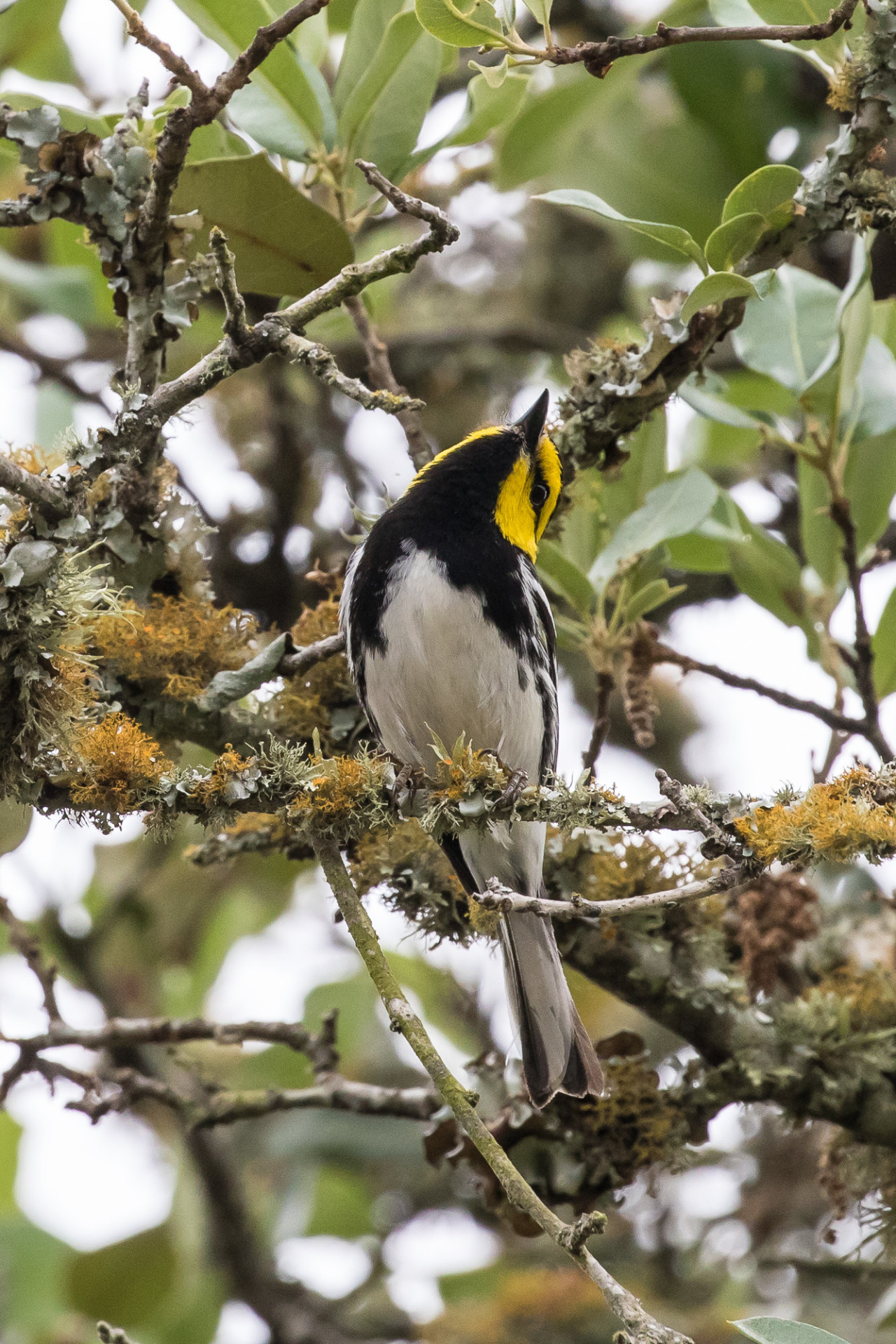
Citizen science observations like Greg’s can become useful data in situations like this. Speaking of iNaturalist in general, Greg says “I very much appreciate the way iNaturalist documents and archives the sightings so that those observations are there for current and historical purposes. I believe important information can be gleaned about the geographic ranges of different species from iNaturalist observations and hope that field guide authors, etc., will take advantage of this incredible resource.”
For Greg, iNaturalist has helped him look at all life around him, regardless of whether or not he could get a publishable image out of it. “If I was not set up with a tripod and high-end gear, I just did not bother with taking the images…[with iNaturalist] it has been a lot of fun to not worry about how publishable an image might be and just knowing that the image will provide a piece of data which may be of help to that organism in the long run.”
When I asked him for any advice he might have for aspiring nature photographers and iNaturalist users, Greg said “iNaturalist is something that youngsters can participate in, as well as much older folks such as me.” Good, affordable cameras are plentiful, so learn how to use one “and go have fun...Basically, just get out there and do it!”
- by Tony Iwane
- Birding...in a wastewater treatment facility? Greg is featured in a Texas Parks and Wildlife video about just that. The whole video is great but his section starts at about 3:30.
- Texas Parks and Wildlife with yet another cool video, this one featuring Golden-cheeked Warblers and researchers studying them.
- Greg took some phenomenal photos during a trip to Costa Rica this year. Here are his observations and a journal post about it.



